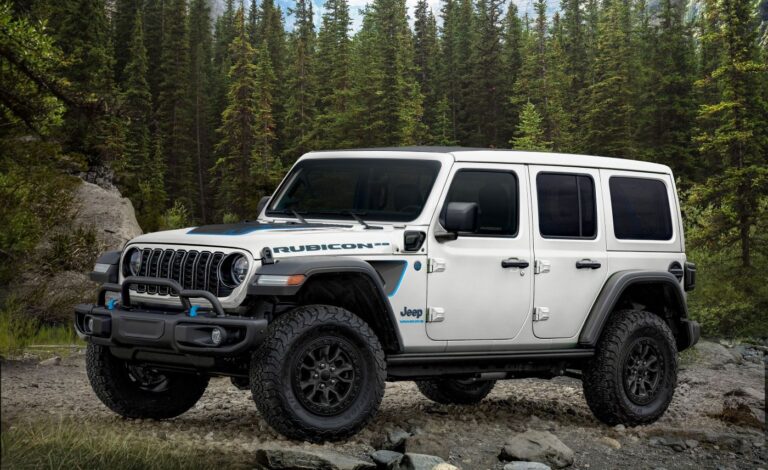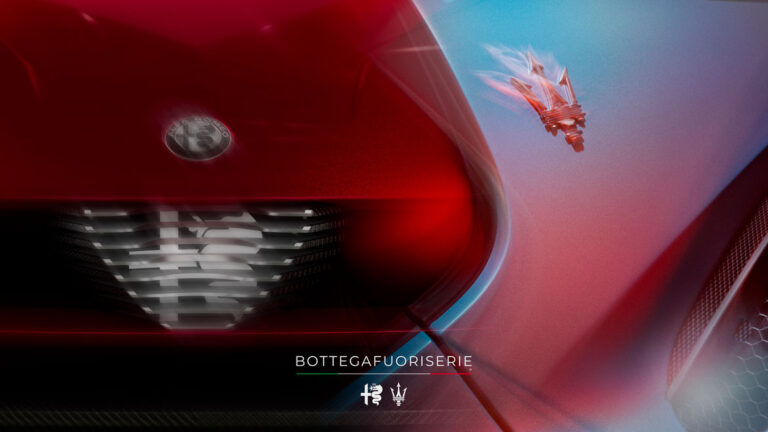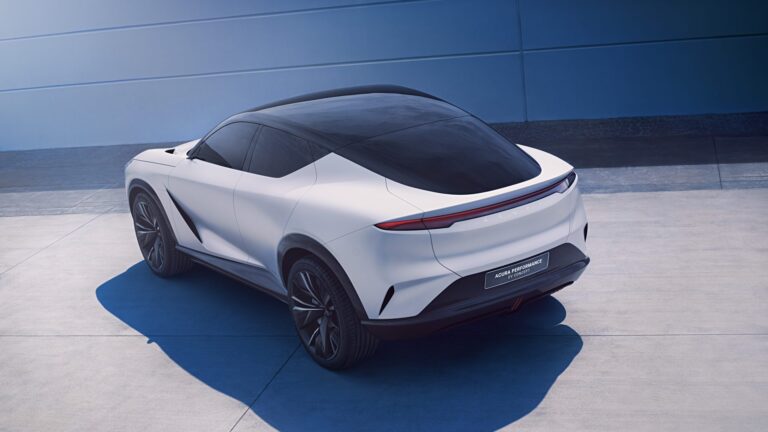Initially, Jeep intended to offer the V-6 Wrangler exclusively with a manual transmission, reserving the eight-speed automatic for other powertrains. However, following public feedback, the automatic option is once again available for V-6 models. While the standard Rubicon 392 V-8 model has been discontinued, the Rubicon 392 Final Edition remains for at least another year.
Additionally, power windows and locks are now standard across all trims—a noteworthy change given that these features weren’t universally included before 2025. Jeep also introduced a new olive-drab paint color, aptly named ’41, as a nod to the original WWII-era Jeep.
Pricing and Which One to Buy
The 2025 Jeep Wrangler starts at $33,990 and can reach $101,890 based on trim and optional features.
- Sport – $33,990
- Sport S – $37,590
- Willys (Recommended) – $41,490
- Rubicon – $48,890
- Sahara – $51,265
- Rubicon X – $58,840
- Rubicon 392 Final Edition – $101,890

To maintain the Wrangler’s classic, no-frills essence while keeping costs manageable, we recommend opting for the two-door Willys trim, which includes a removable cloth top. This version strikes a balance between tradition and practicality, offering 17-inch wheels, 33-inch all-terrain tires, a locking rear differential, LED exterior lighting, and auxiliary switches for adding accessories like a winch or light bar.
For power, we suggest the 270-hp 2.0-liter turbocharged four-cylinder, which delivers 295 lb-ft of torque—35 more than the standard V-6. This engine is also paired with an eight-speed automatic transmission, making off-road driving smoother and more manageable.
Engine, Transmission, and Performance
The base Wrangler comes with a 285-hp 3.6-liter V-6, paired with a six-speed manual transmission or an optional eight-speed automatic. The automatic is standard for four- and eight-cylinder models. The Rubicon 392 Final Edition is equipped with a 470-hp 6.4-liter V-8, exclusively mated to an eight-speed automatic. Jeep also offers a 270-hp 2.0-liter turbocharged four-cylinder and a 375-hp plug-in-hybrid 4xe, which is reviewed separately.
Every Wrangler is designed for off-road capability, with part-time four-wheel drive standard on most trims. The Sport, Sahara, and Rubicon models offer an available full-time system, which comes standard on the Rubicon 392. While handling has improved, the Wrangler remains truck-like compared to modern SUVs. The four-door model delivers a smoother ride over rough terrain, whereas the two-door version has a tendency to bounce over large bumps.

Interior, Comfort, and Cargo
The Wrangler isn’t the most spacious or luxurious SUV, but it blends classic Jeep styling with modern functionality. The high seating position enhances visibility on trails, though thick roof pillars and roll bars obstruct the rear view. Fortunately, removing the roof and doors provides an open-air experience.
Inside, occupants sit close to the upright windshield, facing a narrow, squared-off dashboard with round air vents and rugged switchgear for climate control, power windows, and infotainment. The cargo area is practical for everyday needs, though the rear seats don’t fold flat, which is unusual for an SUV. Opting for the four-door Unlimited model significantly increases storage space, accommodating 10 carry-on suitcases versus just two in the two-door version.
Infotainment and Connectivity
All Wranglers feature a user-friendly Uconnect 5 system, with a 12.3-inch touchscreen, wireless Apple CarPlay and Android Auto, and an available onboard navigation system with over 3,000 mapped trails (subscription required). Jeep also added active noise cancellation, helping reduce cabin noise for clearer phone calls while driving.



